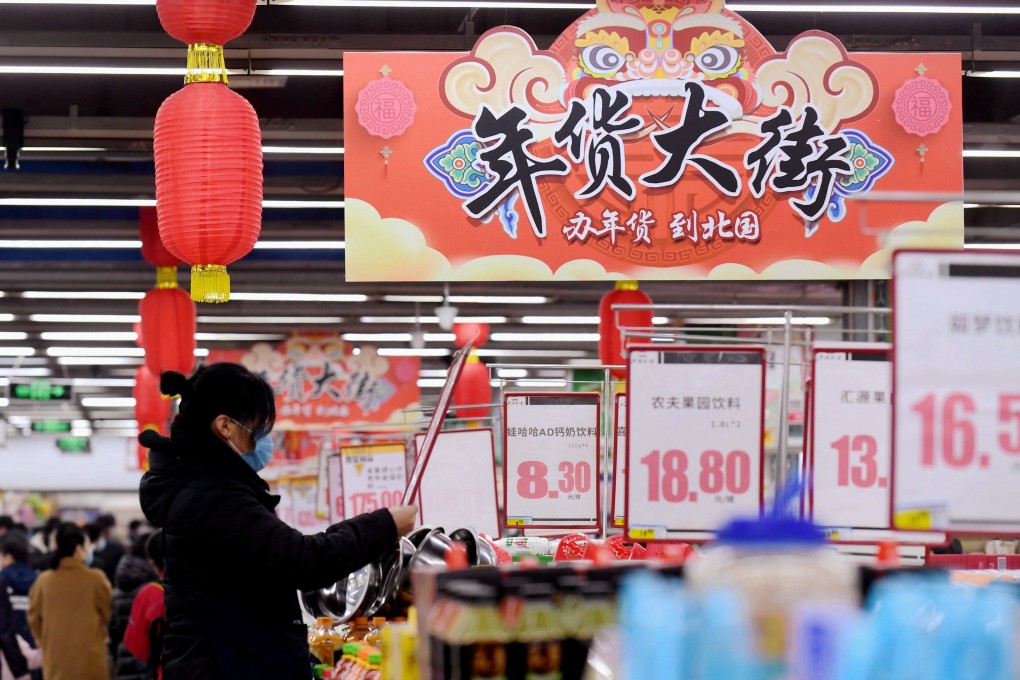Advertisement
China inflation: manufacturers charging more for their products for first time in a year
- China’s producer price index (PPI) rose to 0.3 per cent in January from a year earlier, compared with minus 0.4 per cent in December
- China’s official consumer price index (CPI) fell to minus 0.3 per cent in January from a year earlier down from 0.2 per cent in December
Reading Time:3 minutes
Why you can trust SCMP
1

China’s producer price index (PPI) rose for the first time in a year due to a rise in demand as the economic recovery continued and as factories passed on rising input prices, data released on Wednesday showed.
PPI, reflecting the prices that factories charge wholesalers for their products, rose to 0.3 per cent in January from a year earlier, compared with minus 0.4 per cent in December.
This was in-line with the Bloomberg survey which had predicted a rise to 0.3 per cent.
Advertisement
PPI was last positive in January 2020, when it stood at 0.1 per cent before the full impact of the coronavirus.
China’s official consumer price index (CPI), meanwhile, fell to minus 0.3 per cent in January from a year earlier, from 0.2 per cent in December, according to data released by the National Bureau of Statistics (NBS).
Advertisement
Advertisement
Select Voice
Choose your listening speed
Get through articles 2x faster
1.25x
250 WPM
Slow
Average
Fast
1.25x